Guitar skills: Break out of pentatonic solo ruts with these handy melodic tricks
Complementary and inspirational lead ideas

Guitar skills: Brighten up your solos and bust out of those pentatonic cages…
Major arpeggio in a minor scale
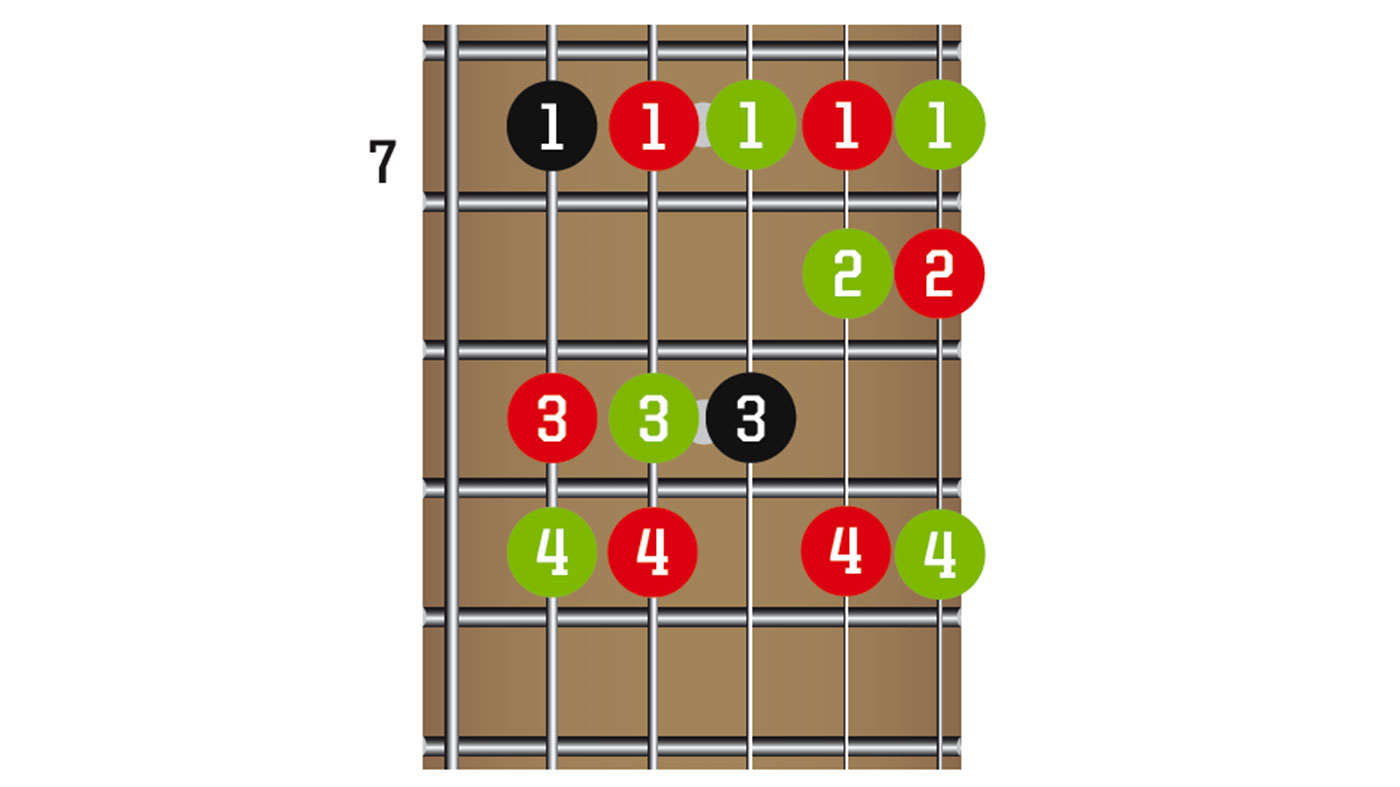
- Arpeggio notes (in G): G B D
- Intervals: 1 3 5
- When to use it: As an alternative to scale runs, while ensuring you stay in key
Here, we’ve highlighted the root, 3rd and 5th (a mix of G, B and D notes in this case) within the larger framework of the E natural minor scale. This is a major point to grasp; many useful scale and arpeggio shapes co-exist in certain scale shapes on your fretboard!
G minor pentatonic on the third string

- Scale notes (in G): G Bb C D F
- Intervals: 1 b3 4 5 b7
- When to use it: In place of standard pentatonic ‘box’ shape scales.
We’ve seen this scale earlier in our lesson, but here, arranged on one string, you won’t be able to play any of your ‘habit’ licks from the more common shape. This forces you to use the minor pentatonic scale in a different way and rethink the licks you already know.
1. Fret hand position
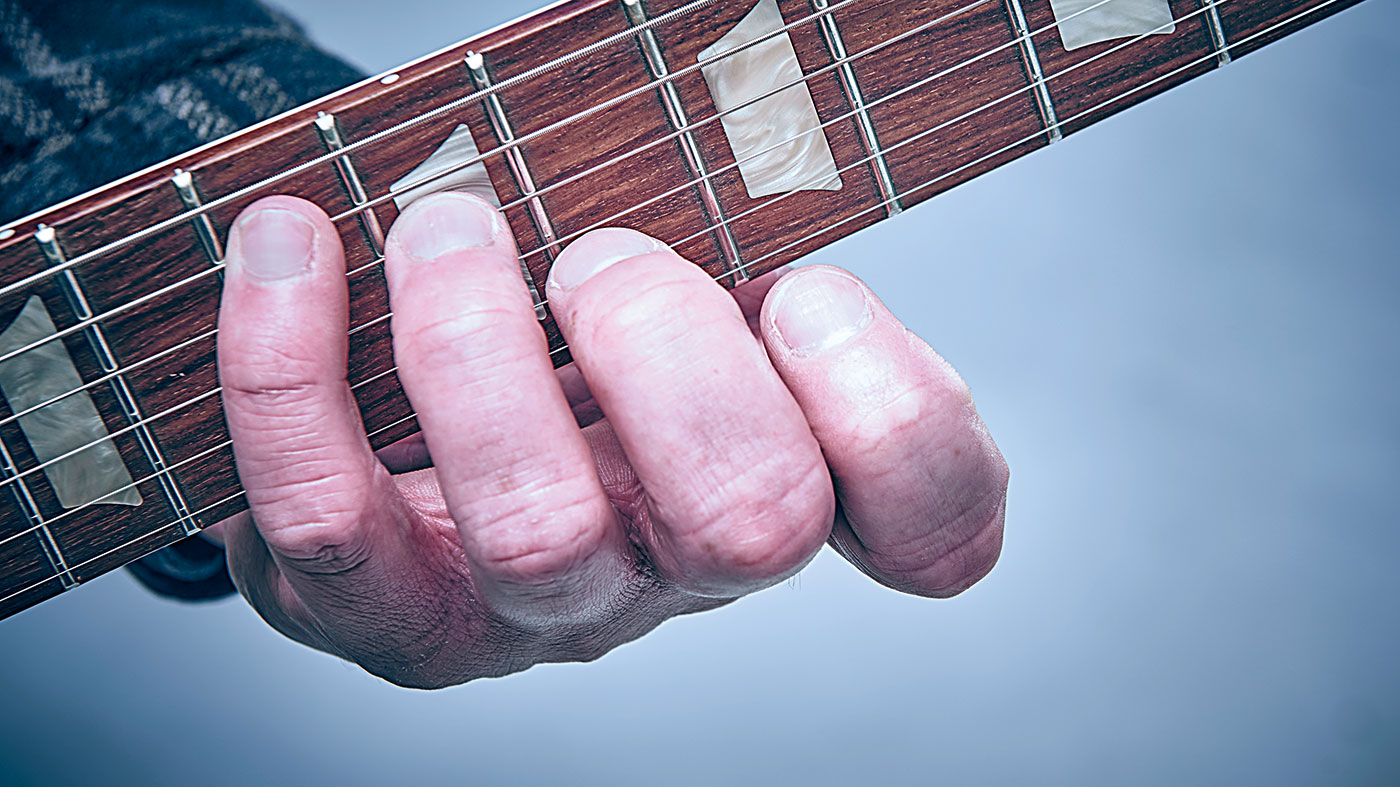
Thinking of a group of notes as a chord shape leads you to play more creatively than when playing up and down a scale. Getting your fret hand into formation - almost like a C chord shape in this case - prepares you to play the notes of a chord (such as G, B and D, the notes of a G chord) more effectively than picking them from the context of a scale.
2. Chords within scales
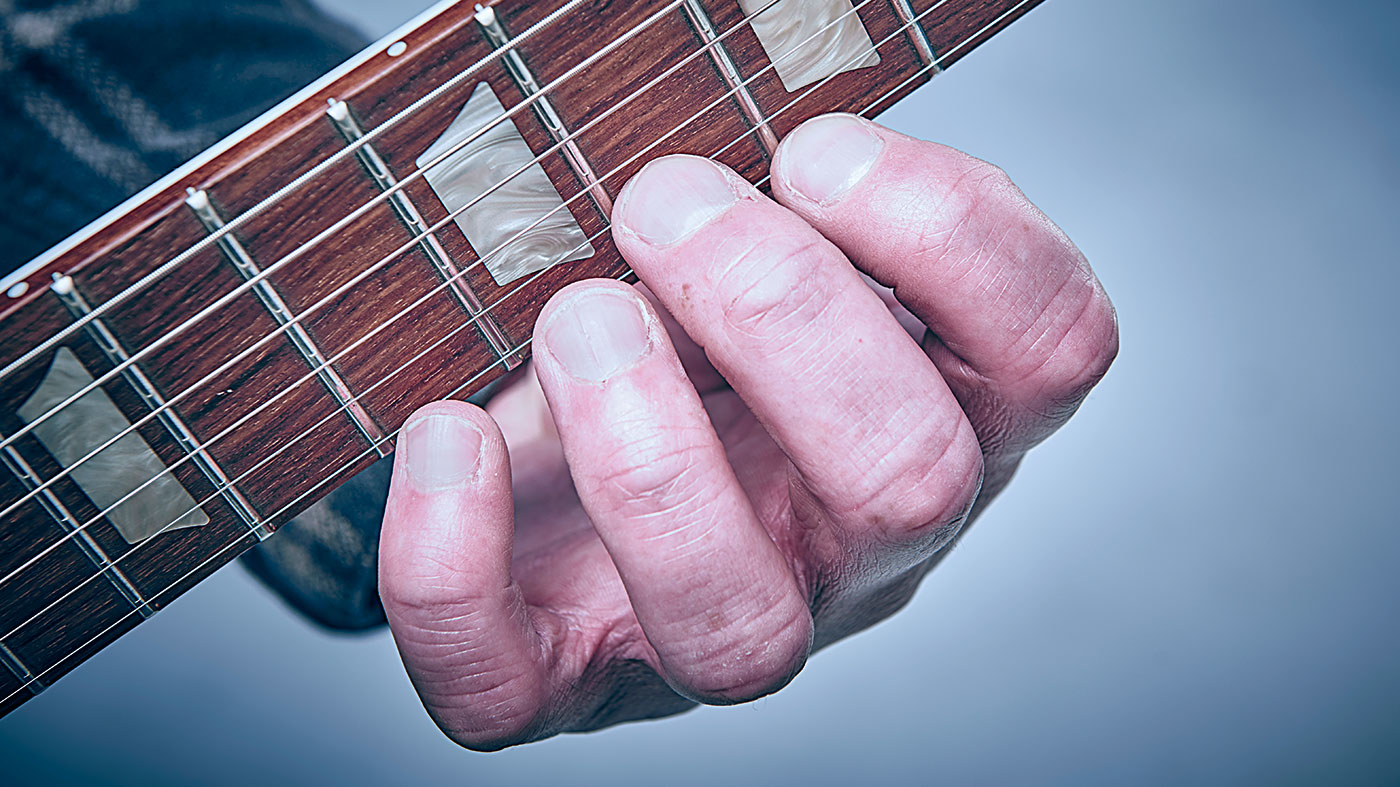
Play an open D shape at the 7th and 8th frets to give a G chord. As well as being an alternative voicing for a ‘lead’ guitarist to play along with any G chord, this can be a handy comfort zone when improvising over major chords. Obviously, you just move the shape around the fretboard for other key signatures. If you’ve ever played around with sus2 and sus4 chords, why not apply it here?
3. Stretches
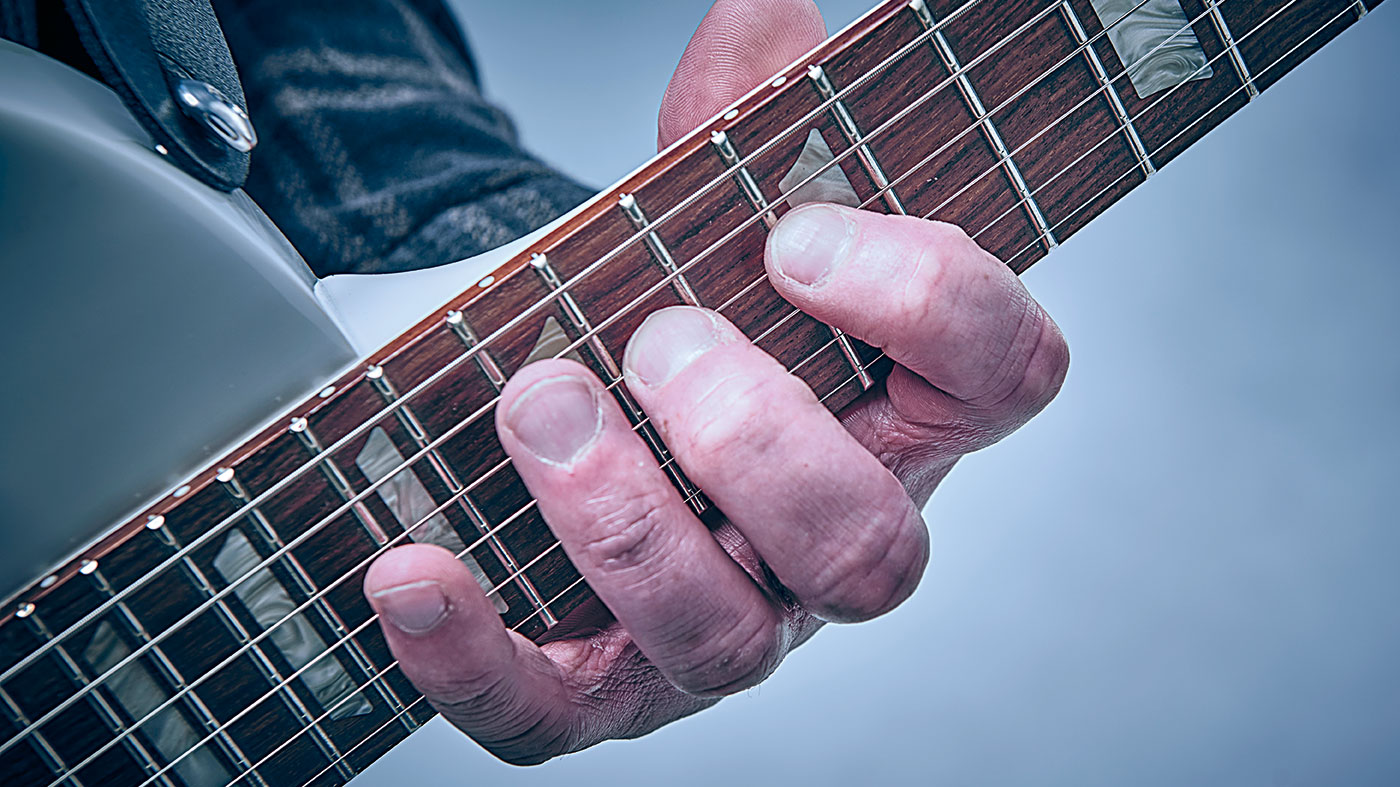
Why should you develop your finger stretch? If you span seven frets from your first finger to your fourth you can play lots of slick legato licks (legato refers to hammerons and pull-offs) that cover two pentatonic scale shapes at the same time. Seven frets sounds like a lot, but, up at the 10th, 12th and 15th frets, it’s manageable for relatively experienced players. Try to build up to it!
Arpeggio line

Here, we use a G major arpeggio to ascend, before fleshing it out into a scale run on the descent. This highlights the ‘chord within a scale’ principle, especially during the last two bars. Note how the very simple rhythm contrasts with the more complex stop/start of the backing track.
Get the MusicRadar Newsletter
Want all the hottest music and gear news, reviews, deals, features and more, direct to your inbox? Sign up here.
One-string lick
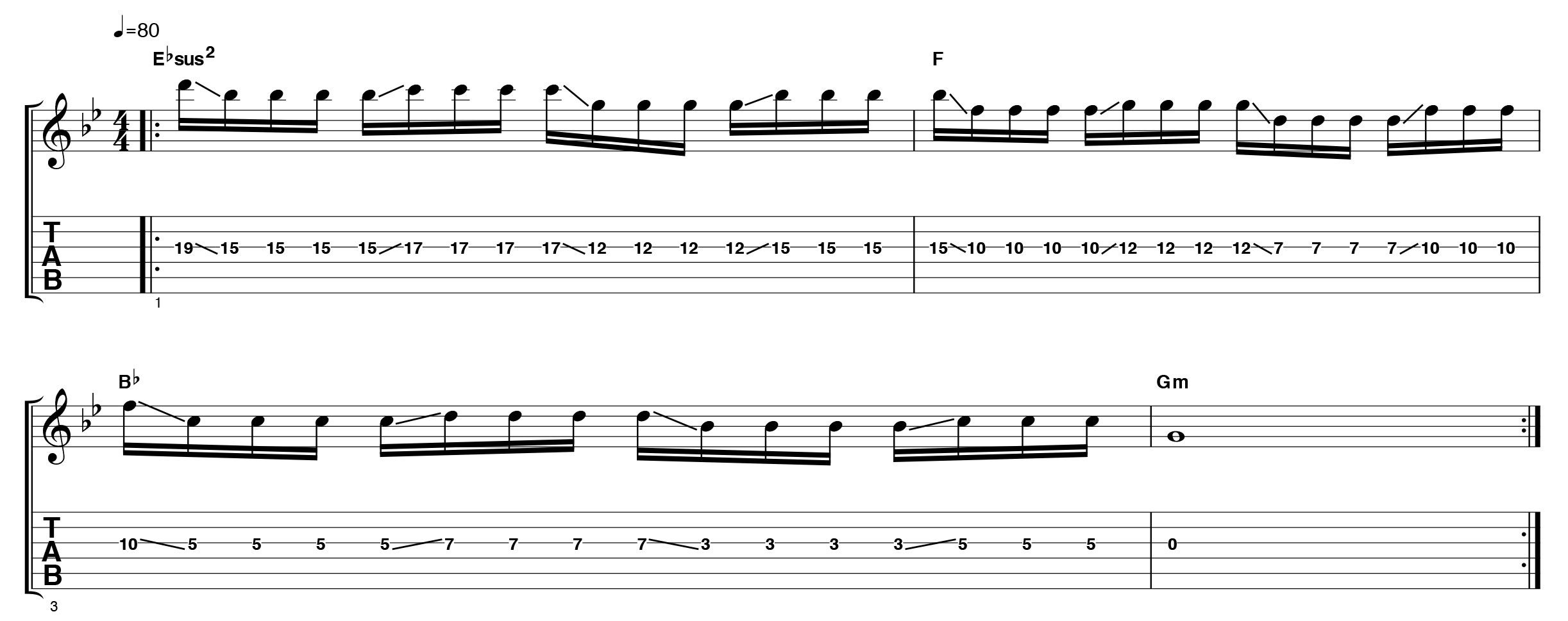
Using only the third string, this one-finger idea strips away all the habitual scale shapes that can actually stand between us and melodic invention. You may find you want to cross to other strings and blend in a little traditional ‘position’ playing - switch to the G minor pentatonic scale in 3rd position for this.
Total Guitar is Europe's best-selling guitar magazine.
Every month we feature interviews with the biggest names and hottest new acts in guitar land, plus Guest Lessons from the stars.
Finally, our Rocked & Rated section is the place to go for reviews, round-ups and help setting up your guitars and gear.
Subscribe: http://bit.ly/totalguitar










